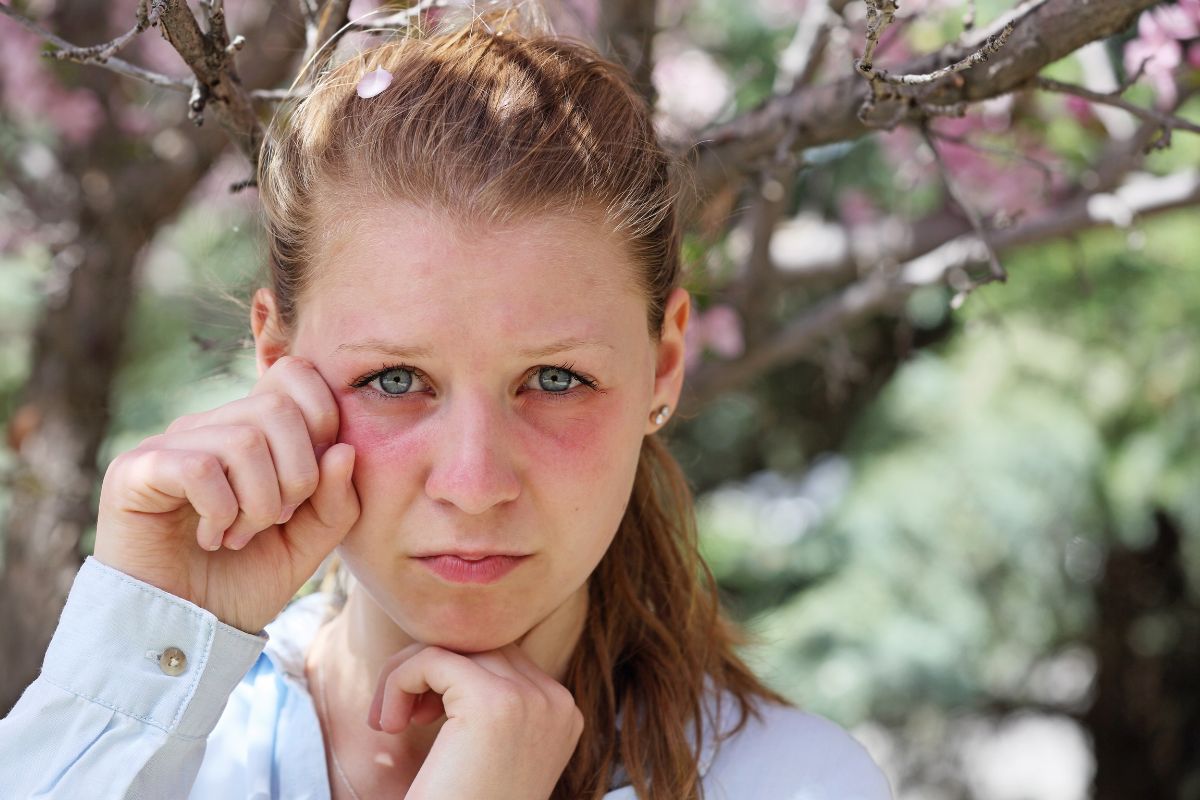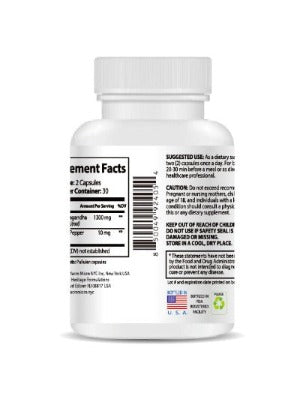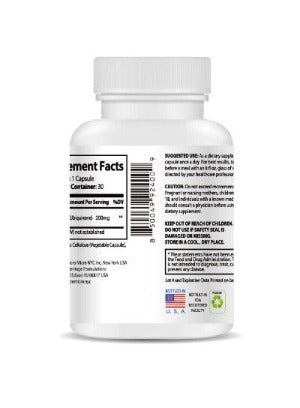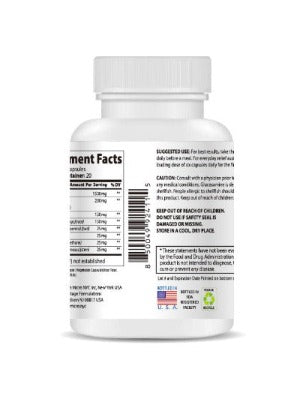Allergic Conjunctivitis in Children: A Comprehensive Guide to Symptoms, Treatment, and Soothing Relief
As a parent, there's nothing more heartbreaking than seeing your child suffer. One common childhood ailment that causes significant discomfort and distress is allergic conjunctivitis, often referred to as allergic pink eye. This inflammatory condition affects the conjunctiva, the delicate membrane lining the white part of the eye and the inner surface of the eyelids. Triggered by allergens such as pollen, pet dander, dust mites, mold spores, and certain foods, allergic conjunctivitis can significantly impact a child's daily life, affecting their vision, comfort, and overall well-being. This comprehensive guide will delve into the symptoms, treatment options, and soothing relief measures available to help your child overcome this irritating condition.
Understanding the Symptoms: Recognizing Allergic Conjunctivitis in Children
Allergic conjunctivitis presents a range of symptoms, varying in severity from mild irritation to significant discomfort. It's crucial to be aware of these signs to seek timely medical attention and alleviate your child's suffering. Common symptoms include:
- Intense Itching: This is often the most prominent symptom, leading to constant rubbing of the eyes, which can unfortunately worsen the inflammation and irritation.
- Redness and Inflammation: The whites of the eyes (sclera) appear red and bloodshot, and the eyelids may also become inflamed and swollen.
- Watery Eyes: Excessive tearing is a common occurrence as the eyes attempt to flush out the allergens.
- Swelling: The eyelids may become puffy and swollen, sometimes extending to the surrounding areas of the face.
- Eye Discharge: While typically clear and watery, unlike the thicker discharge associated with bacterial conjunctivitis, the discharge can still be bothersome.
- Sensitivity to Light (Photophobia): Children may exhibit increased sensitivity to light, squinting or seeking dimly lit areas.
- Feeling of Grit or Foreign Body: The child may complain of a persistent feeling of something in their eye, even when there's nothing visible.
If your child displays several of these symptoms, it's essential to consult a pediatrician or ophthalmologist for a proper diagnosis and personalized treatment plan. Early intervention is crucial in minimizing discomfort and preventing potential complications.
Effective Treatment Options: A Multi-Faceted Approach
Treating allergic conjunctivitis involves a combination of strategies to manage the symptoms, prevent further irritation, and address the underlying cause. These may include:
- Identifying and Avoiding Allergens: This is the cornerstone of long-term management. Keeping detailed diaries, allergy testing, and working closely with an allergist can help pinpoint the specific allergen(s) triggering the reaction, enabling you to take steps to minimize or eliminate exposure.
- Cold Compresses: Applying cool, damp cloths to the affected eyes can soothe itching and reduce swelling. This simple yet effective remedy offers immediate relief.
- Artificial Tears: Lubricating eye drops can alleviate dryness and irritation, particularly helpful if the excessive tearing leads to dryness.
- Antihistamine Eye Drops or Oral Medications: Your doctor may prescribe antihistamine eye drops to directly target the allergic reaction at the source, reducing inflammation and itching. Oral antihistamines can provide additional relief, especially for more severe cases.
- Mast Cell Stabilizers: These eye drops work by preventing the release of histamine, a key player in allergic reactions. They are particularly useful for preventing future episodes.
- Corticosteroid Eye Drops: In more severe cases, your doctor might prescribe corticosteroid eye drops to reduce inflammation, but these are usually used short-term due to potential side effects.
Soothing Relief: Introducing Wise Quest Soothing Eye Patches
Beyond medical treatments, providing comfort and soothing relief is paramount. For added comfort and relief, consider incorporating Wise Quest Soothing Eye Patches into your child's routine. These innovative patches harness the power of traditional Chinese herbal medicine, offering a gentle and effective way to soothe irritated eyes. They are specifically formulated to relieve eye fatigue, eye dryness, eye astringency, eye redness, and swelling—common symptoms of allergic conjunctivitis. By promoting healthy blood circulation, these patches help alleviate most eye discomfort and disease. They're a fantastic addition to your child's treatment plan, offering a calming and comforting experience while promoting natural healing.

Beyond the Basics: Lifestyle Adjustments for Long-Term Management
Successfully managing allergic conjunctivitis extends beyond immediate treatment. Implementing certain lifestyle changes can significantly contribute to reducing symptoms and preventing future occurrences:
- Regular Handwashing: Encourage frequent handwashing to prevent the transfer of allergens to the eyes.
- Avoid Rubbing Eyes: Teach your child to avoid rubbing their eyes, as this worsens irritation and can introduce more allergens.
- Clean Bedding and Toys: Regularly wash bedding, stuffed animals, and other items your child comes into contact with to minimize allergen exposure.
- Air Purifiers: Consider using an air purifier, especially in bedrooms, to filter out airborne allergens.
- Showering After Outdoor Activities: Encourage your child to shower after spending time outdoors to remove pollen and other allergens from their hair and skin.
When to Seek Immediate Medical Attention
While many cases of allergic conjunctivitis are relatively mild and can be managed with home remedies and over-the-counter medications, there are instances where immediate medical attention is necessary. Seek immediate medical care if your child experiences:
- Severe pain
- Decreased vision
- Significant swelling that obstructs vision
- Pus-like discharge (indicating a potential bacterial infection)
- Fever
Conclusion: Empowering Parents to Provide the Best Care
Navigating allergic conjunctivitis in children requires a comprehensive understanding of its symptoms, effective treatment options, and preventative measures. By equipping yourself with this knowledge and employing the strategies outlined above, you can provide your child with the best possible care, minimizing discomfort and ensuring their overall well-being. Remember to consult with your pediatrician or ophthalmologist for personalized guidance and to consider the soothing comfort of Wise Quest Soothing Eye Patches as part of your comprehensive treatment plan. Your proactive approach will make a significant difference in your child's journey toward healthy, comfortable eyes.









